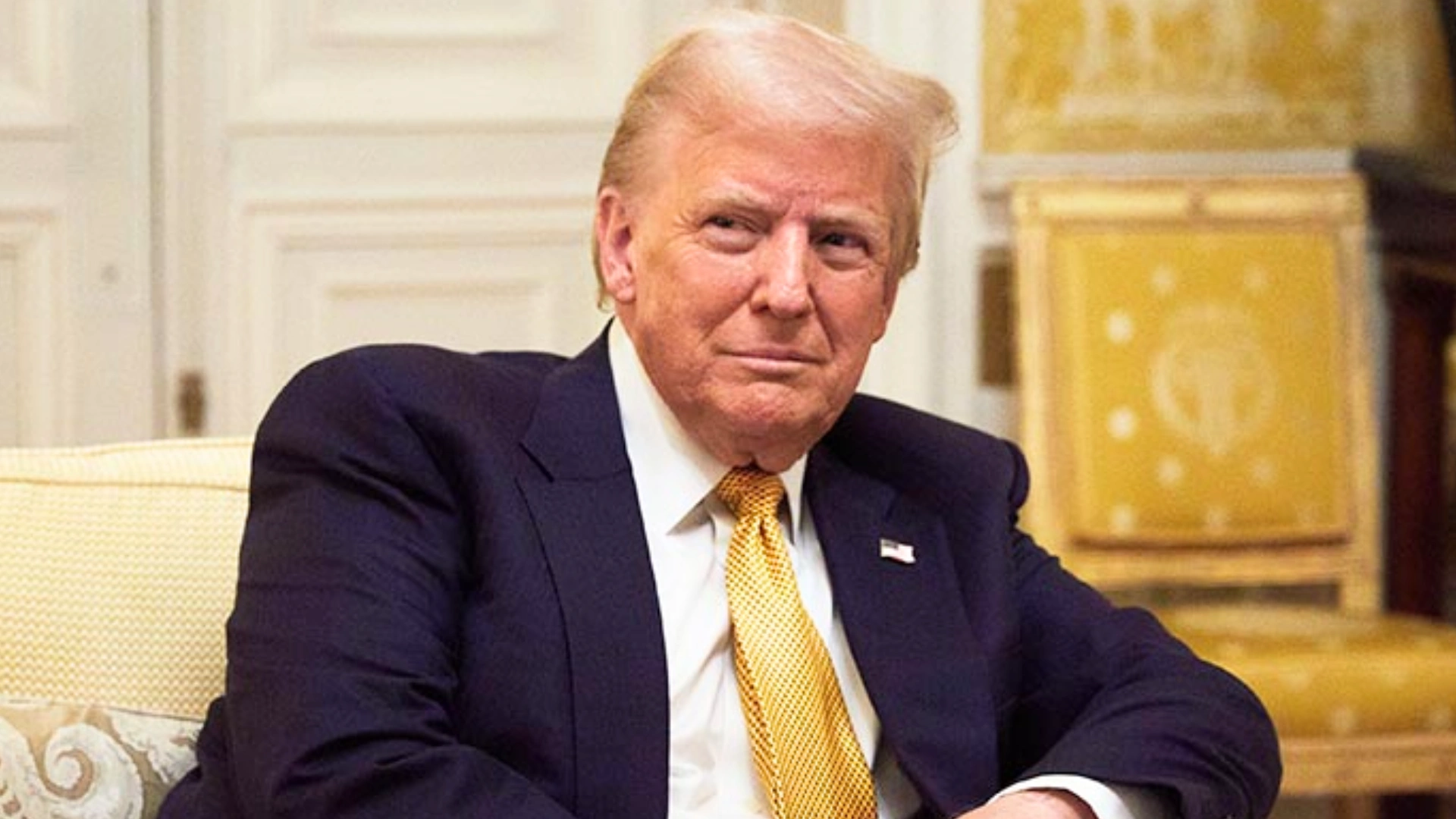The U.S. military has expressed its openness to discussions about potentially escorting Philippine ships in the disputed South China Sea. This announcement, made by Admiral Samuel Paparo, head of the U.S. Indo-Pacific Command, comes as hostilities escalate between Beijing and Manila over contested waters.
Admiral Paparo’s comments came during a news conference in Manila with Philippine Armed Forces chief, General Romeo Brawner Jr., highlighting the growing concern over China’s aggressive stance in the region. The admiral’s remarks provide a rare insight into the thinking of a high-ranking American military official regarding a potential operation that could lead to direct encounters between U.S. Navy vessels and those of China.
In the South China Sea, Chinese coast guard, navy, and suspected militia ships frequently clash with Philippine vessels attempting to resupply Filipino troops stationed in areas claimed by both nations. These confrontations have become increasingly hostile, resulting in injuries to Filipino sailors and damage to their ships. The Philippine government now faces growing pressure to consider invoking its defense treaty with the United States.
Possible Escort Operations and Legal Challenges
When asked about the possibility of the U.S. military escorting Philippine ships delivering supplies to their forces, Admiral Paparo stated, “Certainly, within the context of consultations.”
“Every option between the two sovereign nations in terms of our mutual defense, escort of one vessel to the other, is an entirely reasonable option within our Mutual Defense Treaty, among this close alliance between the two of us,” Paparo added, without elaborating further.
General Brawner was more circumspect in his response, noting that such an arrangement could potentially conflict with Philippine laws, including a constitutional ban on foreign forces directly engaging in local combat operations.
“The attitude of the Armed Forces of the Philippines, as dictated by the Philippine laws, is for us to first rely on ourselves,” Brawner emphasized. “We are going to try all options, all avenues that are available to us in order for us to achieve the mission… in this case, the resupply and rotation of our troops.”
He further clarified, “We will then seek for other options when we are already constrained from doing it ourselves.”
Philippine President Ferdinand Marcos Jr. has stated that there has been no situation warranting the activation of the defense treaty, which obligates both nations to come to each other’s aid in case of an external attack.
Renewed U.S. Commitment to Philippine Defense
President Joe Biden and his administration have consistently reiterated their “ironclad” commitment to defend the Philippines under the 1951 Mutual Defense Treaty if Filipino forces, ships, or aircraft come under armed attack, including in the disputed South China Sea.
At the recent military conference in Manila, Philippine Defense Secretary Gilberto Teodoro Jr. characterized China as “the biggest disruptor” of peace in Southeast Asia. He called for stronger international condemnation of China’s actions following an incident where Chinese ships blocked Philippine vessels attempting to deliver supplies to the coast guard at the contested Sabina Shoal.
Chinese foreign ministry spokesperson Lin Jian refuted these accusations, stating that “the label of undermining peace can never be pinned on China,” and instead blamed unspecified other parties for “making infringements and provocations in the South China Sea and introducing external forces to undermine the large picture of regional peace and stability.”
Teodoro later criticized the international community’s response, saying, “The antidote is a stronger collective multilateral action against China.” He suggested that a U.N. Security Council resolution would be a strong step, although unlikely given China’s veto power. He also urged the Association of Southeast Asian Nations (ASEAN) to take a more assertive stance.
“ASEAN, to remain relevant and credible, cannot continue to ignore what China is doing in the South China Sea,” he added.
Rising Tensions and Latest Incidents in Disputed Waters
Tensions between China and the Philippines have intensified following a recent incident at Sabina Shoal, an uninhabited atoll claimed by both countries. Philippine officials reported that China deployed an “excessive force” of 40 ships to block two Philippine vessels from delivering food and supplies to Manila’s largest coast guard ship in the area on Monday.
Both sides have accused each other of escalating the situation. The Philippine Coast Guard reported that Chinese coast guard and navy ships, along with 31 suspected militia vessels, obstructed their resupply mission, which included a special ice cream treat for the crew aboard the BRP Teresa Magbanua, in observance of the Philippines’ National Heroes’ Day.
In response, China’s coast guard claimed it took “control measures” against the two Philippine ships that “intruded” into waters near the Sabina Shoal, alleging that the Philippine vessels heightened tensions by approaching a Chinese coast guard ship.
China has dramatically expanded its military presence and has taken an increasingly assertive approach to enforcing its territorial claims in the South China Sea, which it claims almost in its entirety. This has led to more frequent confrontations, primarily with the Philippines, although other regional claimants, including Vietnam, Taiwan, Malaysia, and Brunei, have also been affected.
Broader Regional and International Reactions
Japan has also voiced its concerns, with the government lodging a protest against China on Tuesday over a Chinese reconnaissance plane that allegedly violated Japanese airspace, prompting Japan to scramble its fighter jets.
As tensions continue to rise, the situation in the South China Sea remains volatile, with potential flashpoints that could involve not only regional players but also major international powers.


















